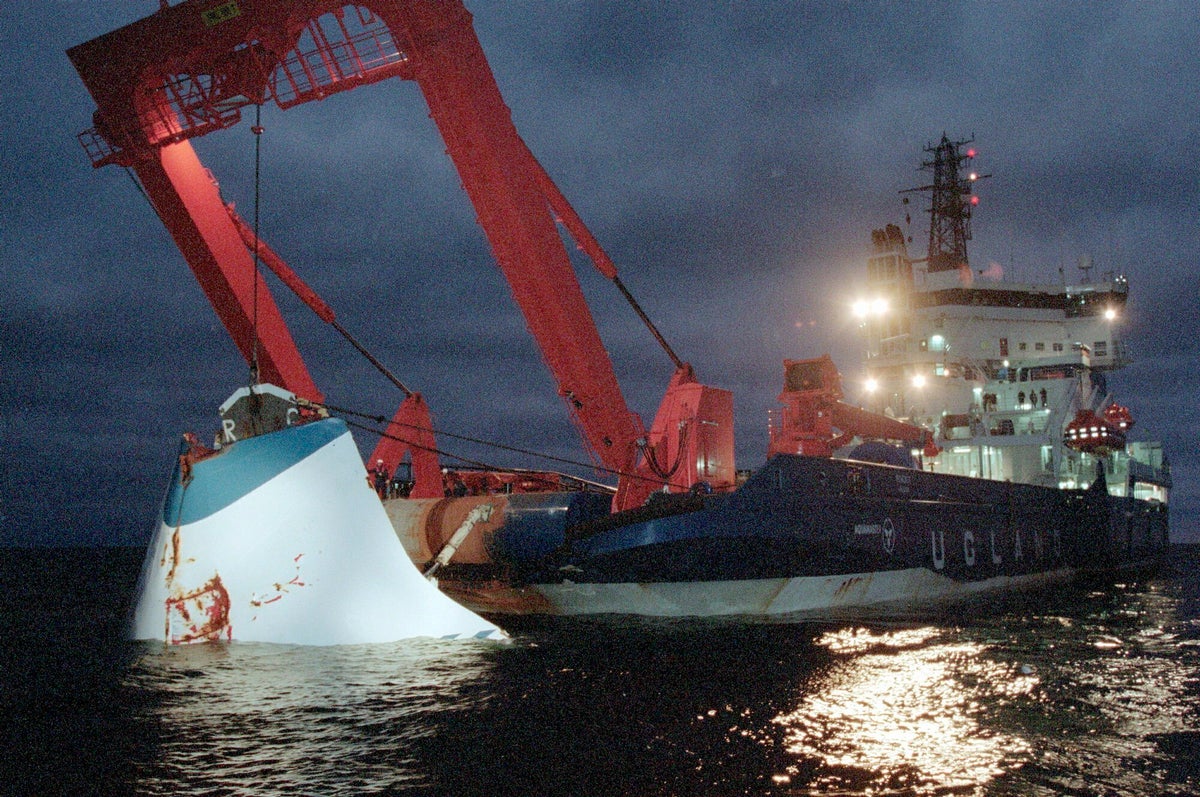
A research vessel carrying investigators from Sweden and Estonia was scheduled to arrive Wednesday at the Baltic Sea site where a passenger ferry sank almost 30 years ago to conduct underwater studies that might produce new information about one of Europe's deadliest maritime disasters.
Representatives of the Estonian Safety Investigation Bureau and the Swedish Accident Investigation Authority plan to study the wreckage of the M/S Estonia in cooperation with Finnish authorities over the next eight days.
The ferry sank in heavy seas on Sept. 28, 1994, killing 852 people, most of them Swedes and Estonians. The ferry was traveling from Estonia’s capital, Tallinn, to Stockholm when it sank about 30 minutes after an initial distress call. Only 137 people survived.
Among other activities, the investigators plan to collect bedrock samples from the bottom of the sea near the wreckage site, film the ferry’s car deck and retrieve the vessel’s bow ramp from the seabed. They are performing the underwater surveys with unmanned remotely operated vehicles, not divers.
The ferry lies on the seabed 80 meters (265 feet) below the surface in international waters off the Finnish island of Utö and is considered a graveyard, which gives the area legal protection.
Urban Lambertsson of Sweden is joining the investigators on board the Viking Reach research ship as a representative of the survivors of the disaster. His task is to observe the work carried out on the vessel.
“We survivors need answers to the question why (the sinking) happened,” Swedish news agency TT quoted Lambertsson as saying. “I don’t think that they've come far enough in the investigative work, and to me, it’s a mystery that 30 years have to pass and we're still investigating the cause.”
The accident has sparked several conspiracy theories, including that it might have collided with a submarine or carried sensitive military cargo.
In January, the accident investigation boards of Estonia, Finland and Sweden said there was no indication that a collision or an explosion caused the sinking. A 1997 joint investigation by the three countries concluded that the ferry sank when its bow door locks failed in a storm.







